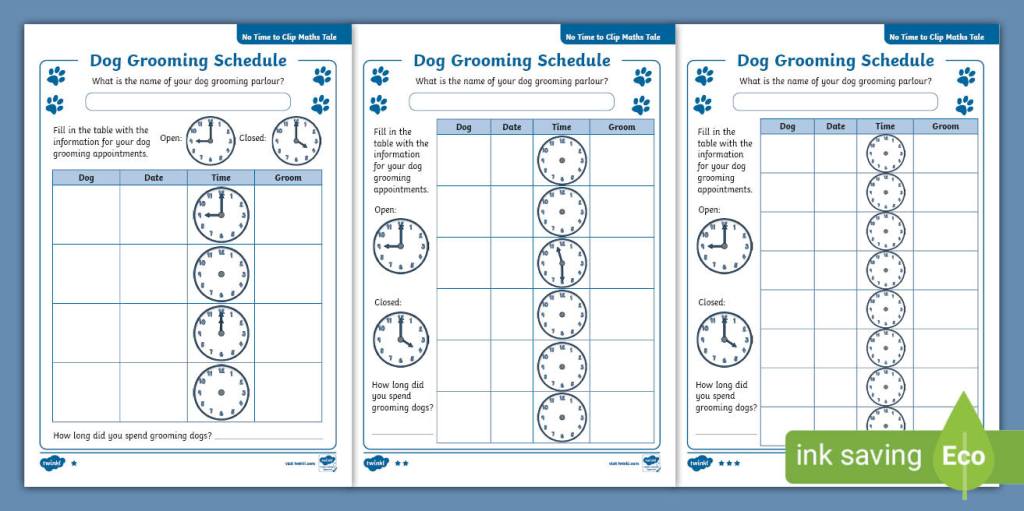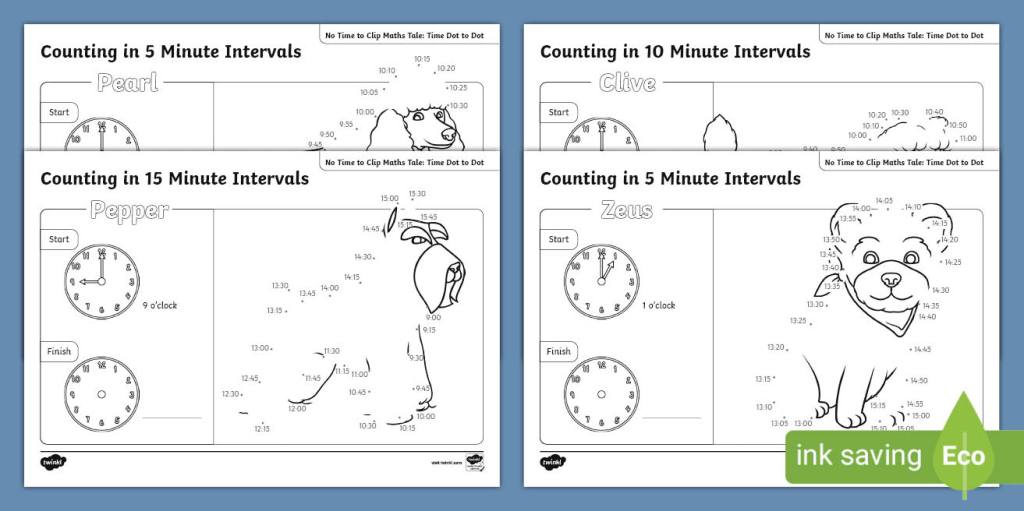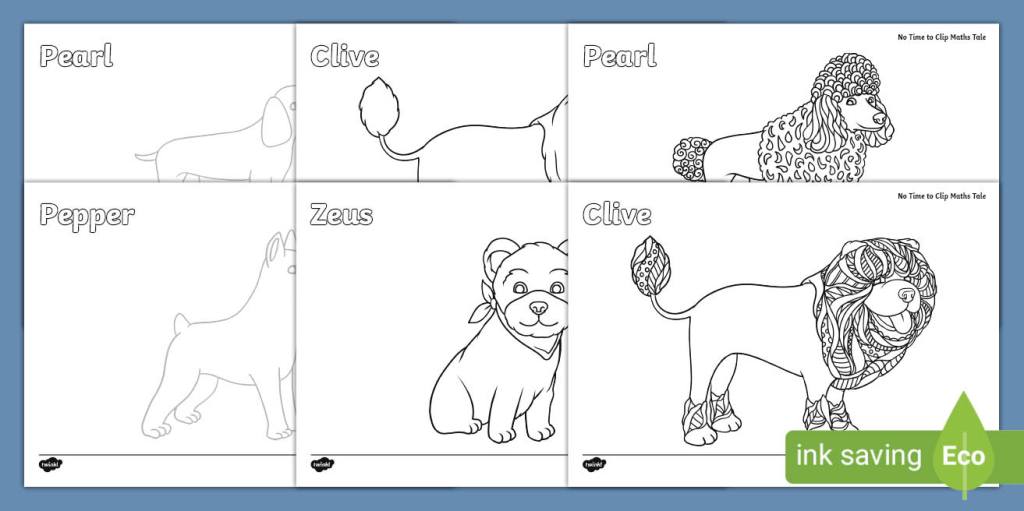
This resource contains links to external websites and/or external apps. Please be aware that the inclusion of any link in this resource should not be taken as an endorsement of any kind by Twinkl of the linked website and/or app, or any association with its operators. You should also be aware that we have no control over the availability of the linked pages and/or apps. If the link is not working, please let us know by contacting TwinklCares and we will try to fix it although we can assume no responsibility if this is the case. We are not responsible for the content of external sites and/or external apps.
Storytelling is a super power in the maths classroom. With the right resources, it has the capacity to reduce anxiety and stimulate interest in a subject area that many learners find intimidating. Children effortlessly enter the world of storytelling, opening their imaginations as they anticipate and settle down for a period of joy (and learning).
There’s an art to telling a good story and a maths story is no different. It needs to tap into a learner’s natural curiosity and take them on an adventure, a maths adventure. Characters overcome obstacles and listeners think ahead, predicting where the story is going and how it will end, cementing and reusing maths concepts explored in the book.
Maths Tales
At Twinkl we have developed Maths Tales for First Level Primary learners to bring literacy into the maths classroom and all the benefits that come with this interdisciplinary learning approach. The Maths Tale ‘No Time to Clip’ brings learners into Pixi’s Pet Parlour to meet her quirky customers and explore the maths concept of time.
Research
Researchers across the world have contributed to the growing evidence that highlights the transformative power storytelling can have in teaching and learning maths. Dr Trakulphadetkrai at the Uinversity of Reading has worked in the area and developed the popular website Maths Through Stories, allowing adults to become familiar and more confident of using this super power in a learning environment.
Storytelling is at the heart of Scottish tradition. Scotland’s past, culture, language and folklore is ‘learnt’ through stories. TRACS (Traditional Arts Culture Scotland) recognises the benefits of storytelling to bring the Curriculum for Excellence to life. Creative learning does not need to stop when a maths class begins. Read more about the power of storytelling in education from the Scottish Storytelling Forum here.
Benefits of Storytelling
Whatever the subject area, storytelling will always benefit the situation. We are all storytellers and hunt out situations to be entertained by other storytellers. Why? They’re engaging, they’re full of emotion and characters that intrigue us or we can identify with. Overall, a story helps anyone learn new information and recall that information, as it has been presented to you through a narrative you’re not going to easily forget. It is a powerful, natural learning experience.
Specifically, these aspects of storytelling can create a unique maths learning experience:
- Listening – When a story starts, children settle down and listen intently. The brain even begins to release chemicals like endorphins that are associated with pleasure, connecting the maths experience with an emotionally positive moment.
- The whole brain – Areas of the brain light up when a story is told, and not the usual ones you’d associate with a maths lesson. Children are connecting with the characters of the story on an emotional level, their language centres are activated as well as the critical thinking and problem solving areas.
- Imagination – Maths is no longer just external or numbers on page. Each child uses their imagination to build on the story they hear. Within that story is the maths seamlessly intertwined with the unique experience playing out in their minds.
- Recall – Encasing key maths concepts within a story gives learners a narrative to recall rather than seemingly unrelated facts. Maths experiences presented within a story become more meaningful and easier to remember.
- Communication – Often learners can find it difficult to express how they have deconstructed and solved a maths problem. Presenting the problem within a story will help them to communicate how they solved it, by explaining their steps and answers through the characters and incidents presented by the story.
Not Just a Story
Yes, using stories in maths is a great way to kick off a new topic, check for understanding or reinforce previous knowledge. However, it can also be the key focal point of a lesson and be supported by linked resources. ‘No Time to Clip’ is just this story. Available to support learning through this Maths Tale are numerous resources for different classroom scenarios.
To accompany No Time to Clip is the No Time to Clip Activity Booklet. Learners can use this booklet to solve and record the maths time problems presented throughout the story.

No Time to Clip Maths Tale: Race to Clip Game is a fun game to help learners understand the passage of time, requiring them to move a clock on 5, 10 or 15 minute intervals. It is also a great resource to help learners explore their learning of time within a group.

These No Time to Clip Maths Tale: Dog Grooming Schedules are a fantastic resource to add to a roleplaying area of the classroom. Differentiated to suit all learners, they support the learning of annotating an analogue clock as well as creating appointment times in order to fit the opening times of their own pet parlour.

Great for early finishers, soft starts or even as a golden time activity these No Time to Clip Maths Tale: Dot to Dot Activity Sheets are so much fun. Learners can pick their favourite dog from the story to help them practise counting in different time intervals. It’s also a great resource to link digital and analogue time.

Every learner deserves a reward after an intense maths workout and these No Time to Clip Colouring Pages are perfect. As both a colouring page and a mindful colouring activity, these are the ideal way to wrap up learning about about time.

So, make some space on the maths trolley between the hundred squares and Dienes cubes to start building your Maths Tale library today.
The No Time to Clip Maths Tale and all accompanying resources can be found together as a pack here.
More First Level maths resources can be found here:
